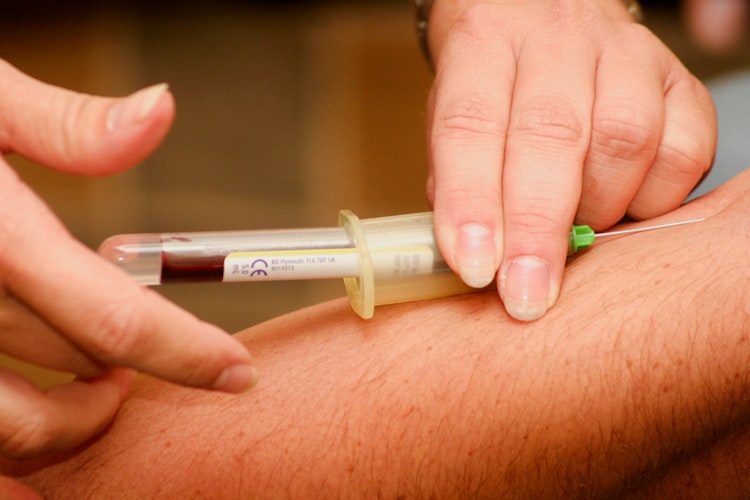Handover & ISBAR

Handover is an important part of communicating with other healthcare workers.
As a JMO it'll be something you do very regularly, when you're seeking advice from a senior in the ED, when you're calling the on-call surgeon because a surgical patient has become peritonitic post-op, or whilst communicating to the day team when you come off an afterhours shift.
The difficulty with handover is that different situations require different levels of information to be communicated. For example, when working as an ED JMO, handing over to a senior necessitates a more in-depth handover so that the FACEM is on the same page as you as to the patient's progress. In contrast, handover at the end of a shift may not need to be as lengthy and only the key details may need to be included.
The key principles underlying handover are:
- Ensure that you have a specific question or request that you are asking for from the other person.
- Include the information that you think is relevant.
- Ensure that you have obtained enough information (or have it at hand) to be able to answer the inevitable follow-up questions that appear. Don't take questions to mean that you've done something wrong. The other person may simply want to clarify certain aspects of the clinical situation that they think are of particular clinical importance.
ISBAR is a great acronym for remembering how to structure a handover. Having a good structure will help you communicate more effectively and take your mind off how exactly to communicate the information and focus on what exactly you're trying to get across.
The ISBAR Acronym
- Introduction
- Introduce who you are and your role, where you're calling from, confirm who you're talking to, ask if this is a good time, relay the patient's details.
- e.g. "Hi, my name is Kajanan and I'm the afterhours intern on the medical ward XY. I just wanted some advice about a 56yo M patient who we are treating for an anaphylactic reaction and we think might require ICU admission. Do you have a minute to chat about the patient?"
- Situation
- Relay what is happening right now, including symptoms, patient stability, likely diagnosis etc.
- e.g. "Five minutes ago, a few minutes after receiving an IV dose of Augmentin, the patient developed urticaria, periorbital angioedema, shortness of breath and their blood pressure dropped from 132 systolic to 95. A rapid response was called. We have given two IM doses of adrenaline, but we're concerned the patient may need intubation and ongoing airway support."
- Background
- What is the patient's background i.e. comorbidities, medications, allergies etc.
- e.g. "Patient AB has a background of poorly controlled asthma, cardiovascular disease and type 2 diabetes mellitus (not on insulin). They do not have an advanced care directive and no resus plan has been completed for them.
- Assessment
- What do you think is going on? Include examination findings, investigation results etc.
- e.g. "My assessment is they are having an anaphylactic reaction and will need ongoing airway assessment and perhaps intubation."
- Recommendation
- What are you requesting? What needs to be done now?
- e.g. "I'd request that you please come and review the patient urgently with a view to admit to ICU."
With time, you will get more proficient at determining what situations require what levels of information. At the start of your career, I think it's better to include more information than less and let your senior determine pull out the bits they want to focus on.





